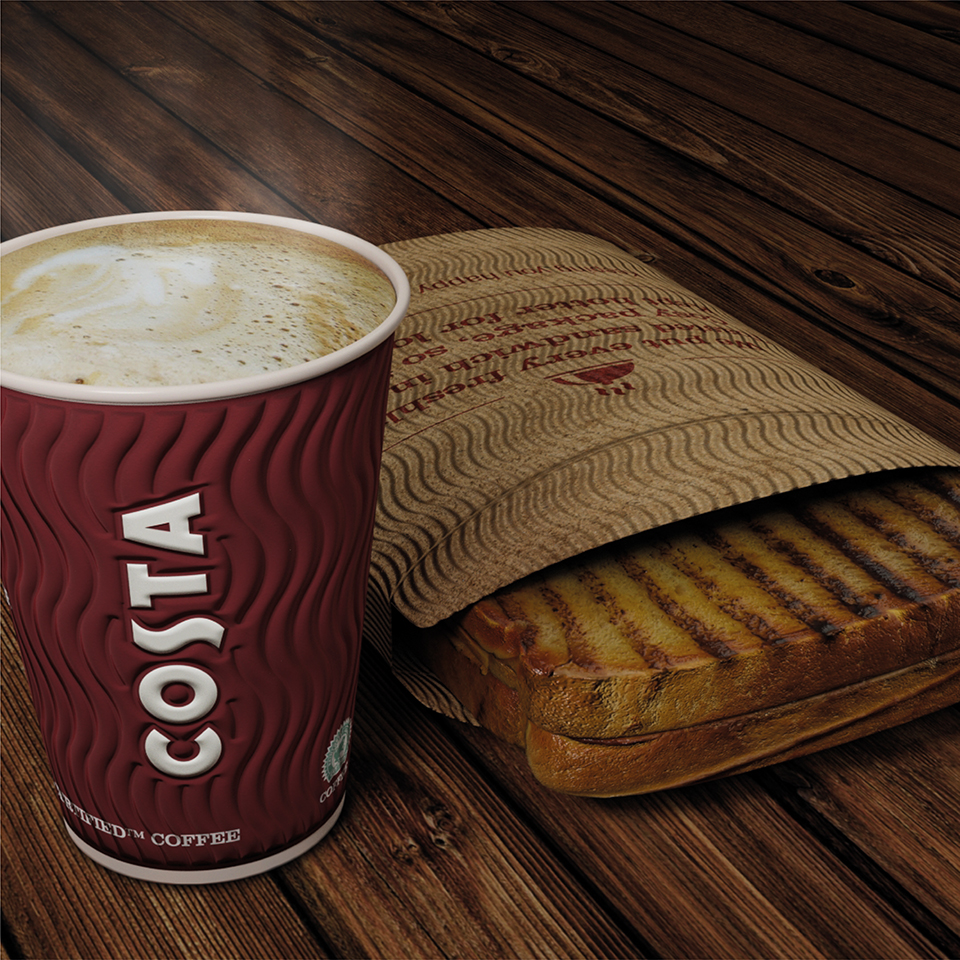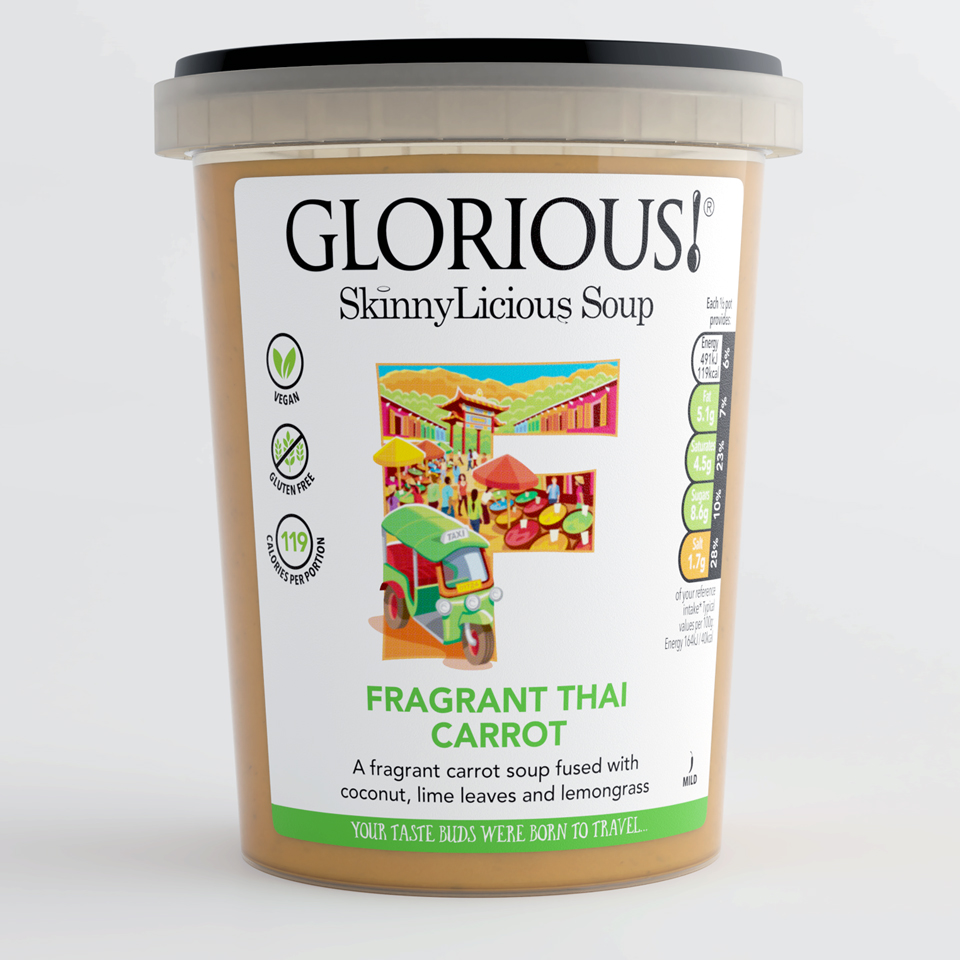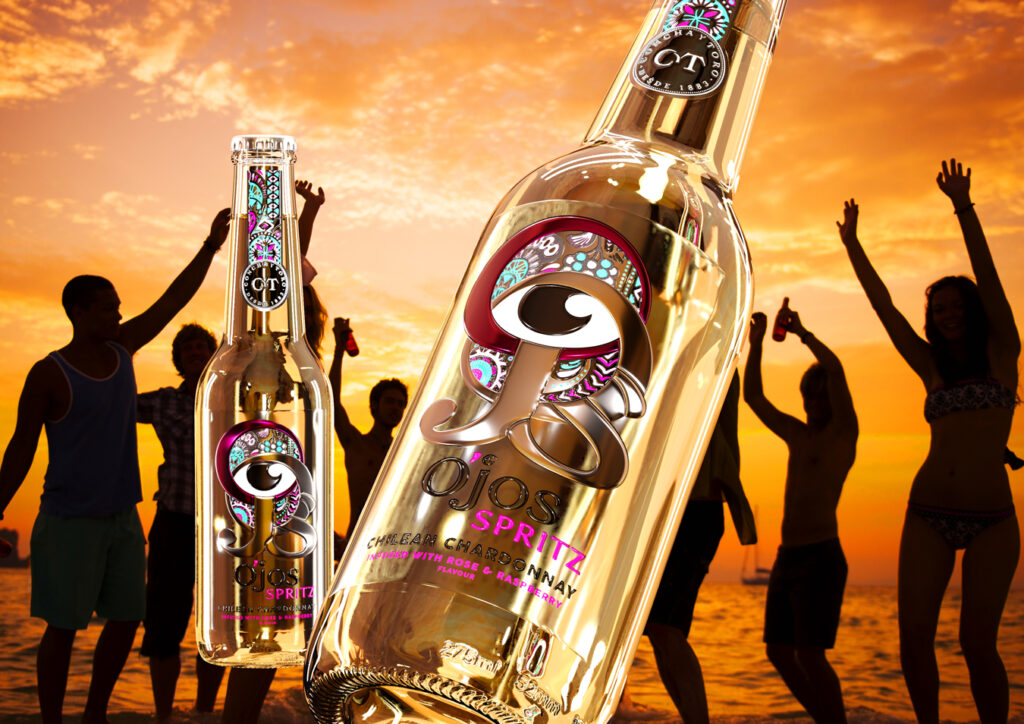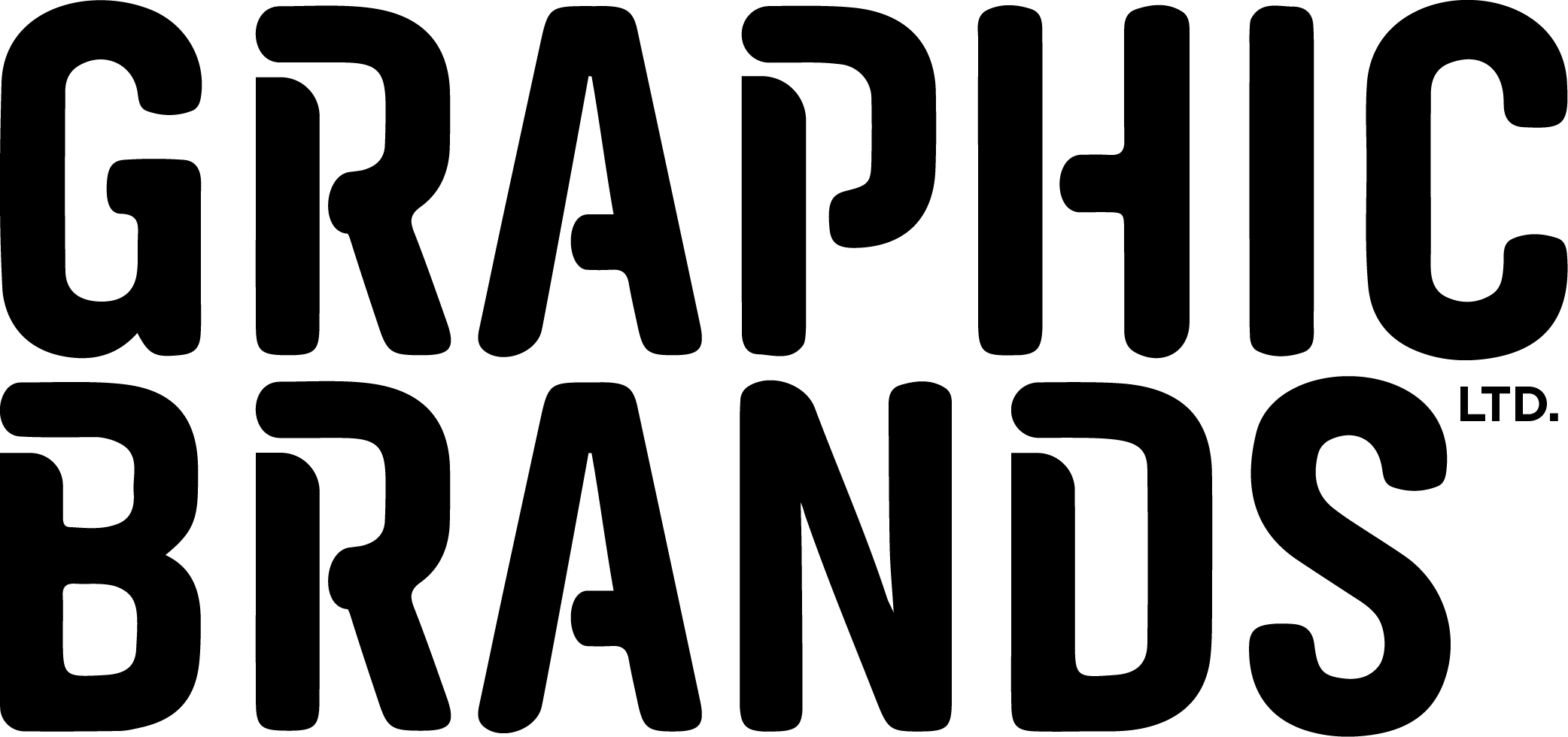This content has been archived. It may no longer be relevant

You may not be aware, but there’s an extremely high likelihood you’ve seen a 3D rendered image at least a couple of times already today – most likely whilst flipping through a magazine, scrolling social media, or on a billboard during the school-run.
They’re fast becoming part of everyday life, and an important medium for marketers, advertisers and brand owners.
Done well, 3D rendering can bridge the gap between the inception of a product or packaging idea, and the production of the product or packaging itself.
But what exactly is 3D rendering and where does it fit into the design process?
What is 3D rendering?
3D rendering is the process of creating a 2-dimensional image from a 3-dimensional model. The resulting images can be made to look either deliberately ‘unrealistic’ (think Disney Pixar), or so photorealistic you might be fooled into thinking it’s an actual photograph.
3D rendering software used to be prohibitively expensive, reserved only for those on a Hollywood movie budget. However, more recently the software and tools required for 3D rendering have become widely available; and whilst you still need to be highly skilled to operate them effectively, 3D rendered images can now be produced on a relatively small marketing budget.

The 3D rendering process is a 5-stage effort, consisting of:
Modelling – representing the product with a digital mesh that uses mathematics to represent the structure of the object. This step requires technical software to stimulate the required form, aesthetics, and ergonomic shape
Lighting – The process of 3D Lighting refers to the application of digital techniques and tools to create various lighting effects in the 3D environment – it’s is the digital equivalent of a high-tech studio photography lighting rig. 3D Lighting techniques offer a huge amount of flexibility and a level of details that might be difficult to replicate ‘in real life’. This gives the designer the ability to create and test a variety of environments and locations relevant to the scene they’re trying to emulate.
Texture mapping – A method used to define high frequency detail, surface texture, colour information, or design/artwork on a computer-generated graphic or 3D model. Texture mapping is the equivalent of applying wallpaper, paint, or varnish to an object.
Rendering – the process of converting the ‘model’ into a 3D high-res image that can be manipulated and placed into a huge variety of visual scenarios. The effectiveness and speed of this stage of the process heavily depends on the performance of the server that hosts the rendering software.
Post image retouching – This is often where the magic and artistry happens. 3D artists will layer light, texture, shadows, images and other photo editing tricks to create a hyper-realistic, fully rendered 2D image

What can 3D renders be used for?
We’re at the start of a very exciting 3D journey and the list of uses for 3D imagery is growing daily. Blurring the lines between real and the imaginary, and providing a cost-effective way to bring products to life, 3D rendering has the potential to transform life for both brands and consumers.
3D rendering can often replace the lengthy photography stage of the creative process, replacing the need for lengthy and expensive location shoots and studio sessions. A talented 3D designer can change products and environments within hours rather than days, making this a cost and time effective solution for stretched marketing budgets.
- Firstly, creating 3D products and bringing them to life using the packaging and label designs we’ve created is an efficient and effective way to present work to clients, and helps them to easily visualise what the finished product might look like, which speeds up their feedback and approval process
- Secondly, being able to show clients what they’re product will look like ‘in-situ’ through the use of real-life images and 3D renders helps them to visualise the product through the eyes of their client. It enables them to make decisions about whether the packaging works when lined up against their competitors, and whether it has the desired ‘shelf-shout’
- Finally, 3D renders are increasingly being used to create impactful marketing material. The ability to situate a product in practically any surrounding imaginable – whether that’s in the middle of a cosy, snowy scene, perched on the end of a bar, or situated against a plain white background, but with 3D rendering capturing your beautiful packaging from every possible angle.

Want to know more?
Our passionate in-house 3D artists can talk for hours about the value 3D imagery can bring to your brand.
Click here to find out more about our design and 3D rendering service
Or drop us a message and we can enjoy a socially distanced chat

